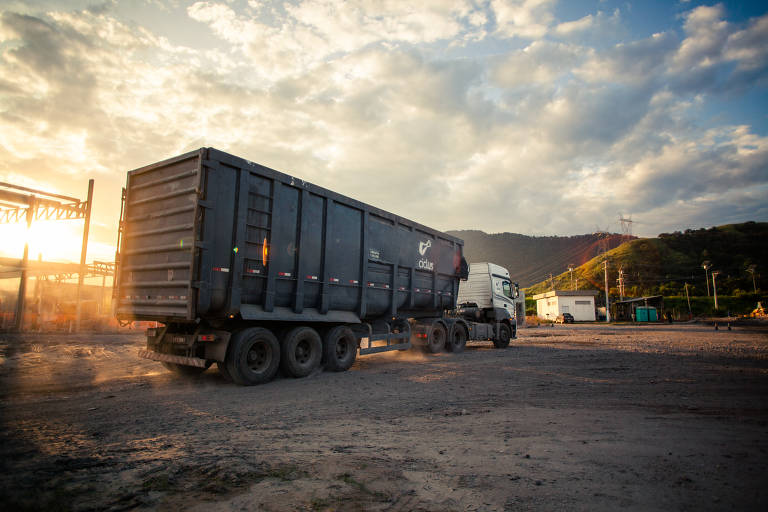Fuel Is a Noble Product of Landfills, Which Receive almost 60% of Brazils Garbage
About 350 trucks with garbage enter and 31 trucks leave carrying cylinders of biomethane, a product identical to the natural gas extracted from oil wells, with the difference that it emits a fraction of the greenhouse gases of its fossil counterpart.

This is the daily routine in the area of Seropédica, in Rio de Janeiro, where the 110 vehicles operating for Ciclus Ambiental, a Simpar company, make 350 trips per day to the group's landfills, from which Gás Verde, part of the Urca Group, produces energy from waste.
Energy recycling, or energy recovery, as this activity is called, is one of the fastest-growing waste reuse methods in Brazil. It transforms landfills— the final destination for almost 60% of the country's urban solid waste— into large complexes with biogas capture and energy generation.
In Seropédica, energy recycling has reached a particular scale. The Ciclus landfill is the largest in South America, with 3 million cubic meters, equivalent to more than 250 football fields. The Gás Verde unit is the largest biomethane producer in Latin America.
Biomethane is obtained from the purification of biogas, which is emitted from decomposing organic material such as garbage, agricultural residues, and even sewage. Roughly, every 2 cubic meters of biogas produce 1 cubic meter of biomethane.
Read the article in the original language
O que você está lendo é [Fuel Is a Noble Product of Landfills, Which Receive almost 60% of Brazils Garbage].Se você quiser saber mais detalhes, leia outros artigos deste site.











Wonderful comments